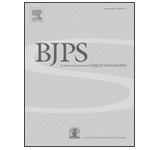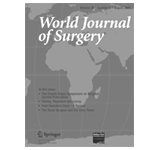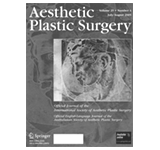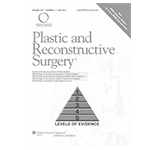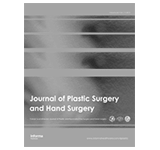
The abdominal muscles are located in the center of the abdomen and consist of two muscles which start from the undersides of the abdomen and extend to the pubic bone. These two muscular layers are joined together in the center of the belly with loose tissue between them called the White Line (Linea alba). What happens in the case of a diastasis of the rectus abdominis muscles?

What is diastasis of the rectus abdominis muscles?
Certain conditions arise which can cause the diastasis of the abdominal muscles from the middle of the abdomen, as well as the relaxation of the intermediate tissue that joins them (White Line).
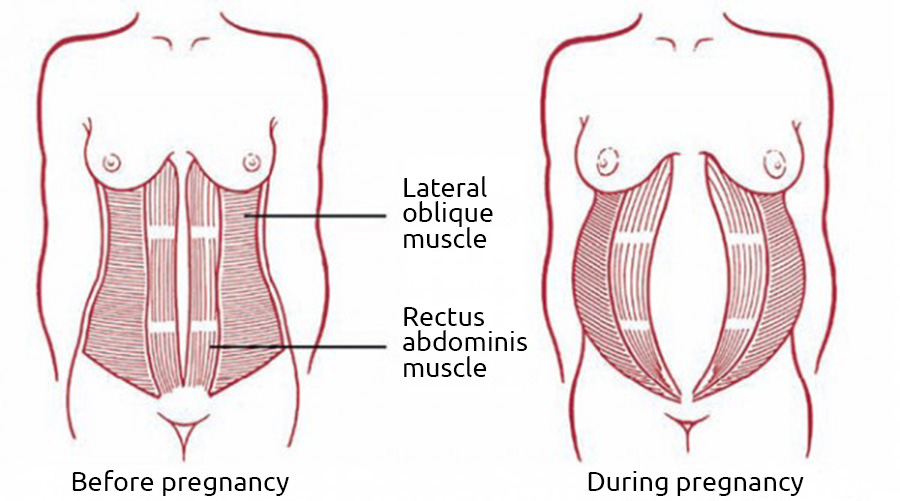
Who experiences diastasis of the rectus abdominis muscles?
This condition often occurs in pregnant women over 35 years of age or when the size of the fetus is large. This condition can also occur in newborn babies and, rarely, men.
Newborns should be frequently examined.
Pregnant women often experience this problem, caused by the extensive and sustained pressure which the normal abdominal muscles undergo during pregnancy. The condition is more readily apparent after delivery.
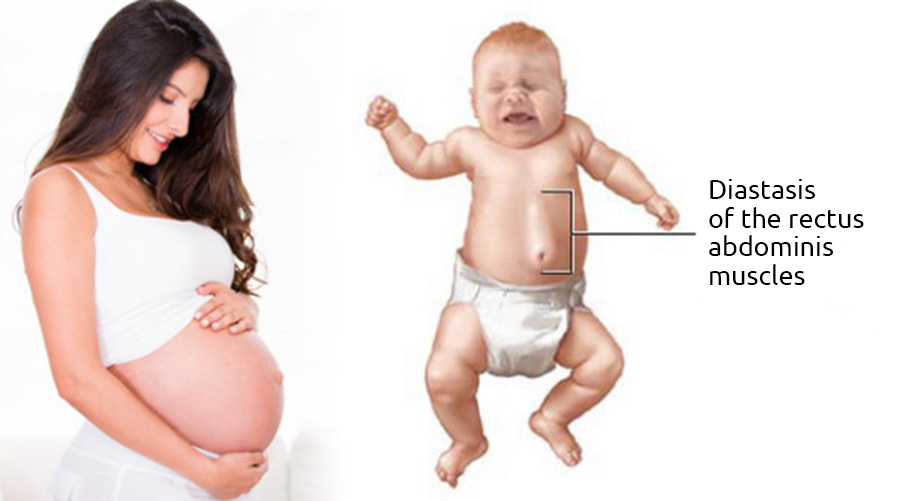
Clinical picture

When diastasis of the abdominal muscles occurs, the lower abdominal area (i.e. the “belly”) protrudes outward and gives the impression of a pregnant condition.
The diastasis of the abdominal muscles is primarily an aesthetic problem. Due to the relaxation of the intermediate tissue and the diastasis of the rectus abdominis muscles, the uterus, bowels and the other visceral organs are projecting outward in the abdominal area as the rectus abdominis muscles are no longer able to hold them in place.
Apart from aesthetic problems, the diastasis of the abdominal muscles may lead to back pain, constipation, and urine leakage. It may also make breathing and sometimes even moving more difficult.
Surgical treatment

The treatment is always surgical. The related procedures are almost always combined with abdominoplasty, as those who suffer from diastasis of the abdominal muscles typically suffer from large scale loosening of the abdominal skin as well.
The abdominal muscles are pulled towards the middle line and are secured with stitches; grid placement is almost never needed.
Hernias sometimes co-exist and your doctor will advise you to do an ultrasound for diagnosis.
Difference between hernia and the diastasis of the rectus abdominis muscles

The diastasis of the rectus abdominis muscles is not a herniated abdomen and does not threaten the patient’s life.
In the case of hernia, there is “communication” between the abdominal organs and the area outside the abdominal muscles. This situation does not occur in the case of the diastasis, since the abdominal organs do not communicate with the area outside the abdominal muscles.
Self-examination
Step 1: Lay on your back. Bend your knees and press your feet.
Step 2: Lift your head.
Step 3: Put your fingers in the middle of your belly. Your fingers should be able to penetrate the gap between the abdominal muscles.
With countless distinctions and participations in global conferences, Kosmesis has the most experienced team of plastic surgeons. Book your appointment now!






















